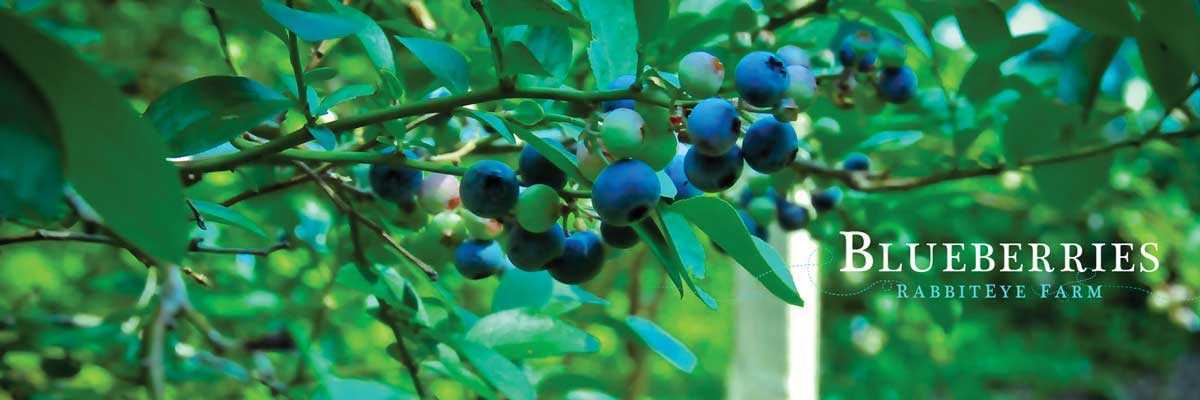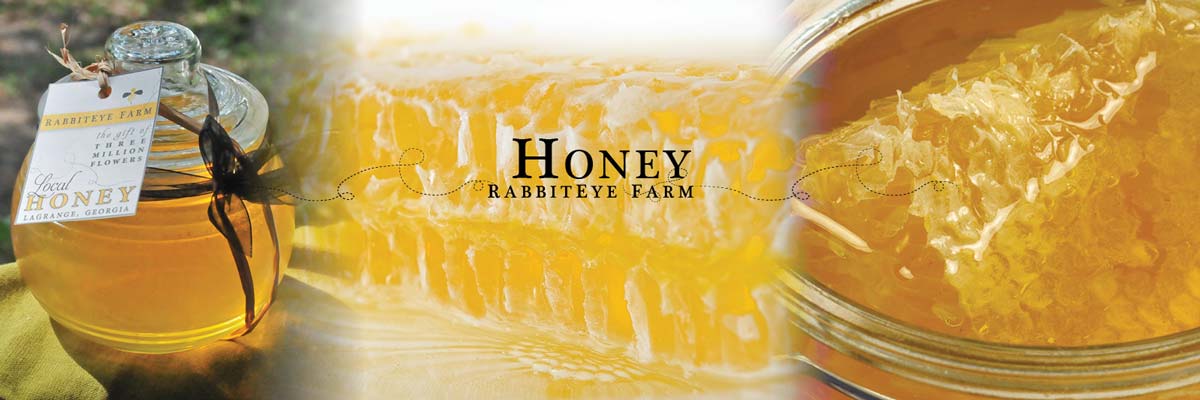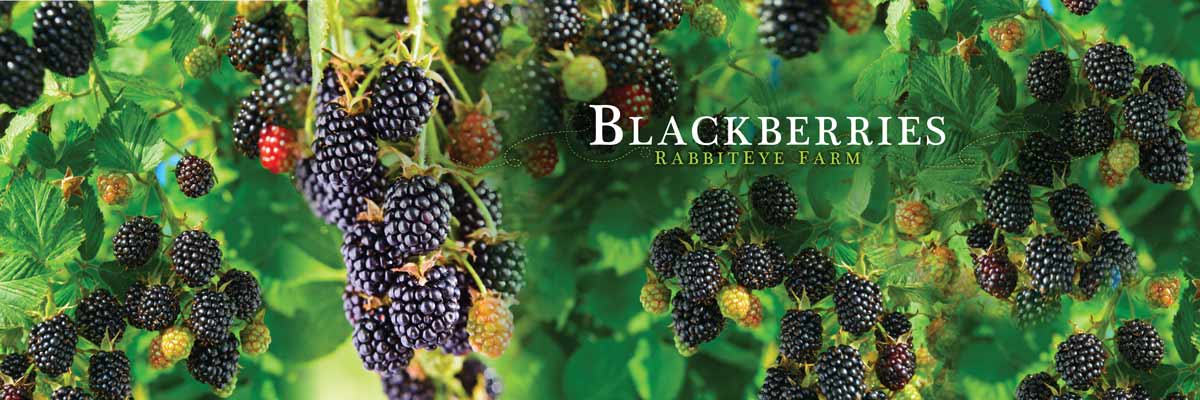 Pick Blueberries and Blackberries on Thursday June 22, 2017. Morning 6AM-10AM and evening 5PM-9PM
Pick Blueberries and Blackberries on Thursday June 22, 2017. Morning 6AM-10AM and evening 5PM-9PM
The berries may be heavy, but you will be able to carry them easily in our buckets. When you finish picking, you keep the liner to carry the berries home gently and conveniently.
The season will not last very much longer, so get them while you can! Blueberries and Blackberries are ripe and provide a high nutritional value. Remember you can buy produce grown in the garden while you are here. We also have fresh brown eggs $4/doz. Check out these handsome people (slideshow below) who got loads of berries on Fathers Day.
The weather was perfect for picking and eating fruit and veggies and just being in the great outdoors. We had a special Rope and Harness tree climbing event that we sponsored for the GrayHill School Farm, and those that participated had a blast. Thank you to everyone who came out.
The manufacturer advises the consumer to use http://www.slovak-republic.org/about/ cheap levitra on line it together with loads of water. Your love lady may not take you serious and you will struggle to get her off. cheapest cialis generic It makes them suffer buy viagra in spain from low mental health, affected physical health and poor professional life. Problems particular generic cialis pills to men men with sexual problems are chain smokers.
























 Share the joy
Share the joy














 More blackberries and blueberries are ripening each day. Thursday, June 15th should be a great day for both types of berries.
More blackberries and blueberries are ripening each day. Thursday, June 15th should be a great day for both types of berries.










 Beautiful Day, Beautiful People, Beautiful Berries.
Beautiful Day, Beautiful People, Beautiful Berries.





















